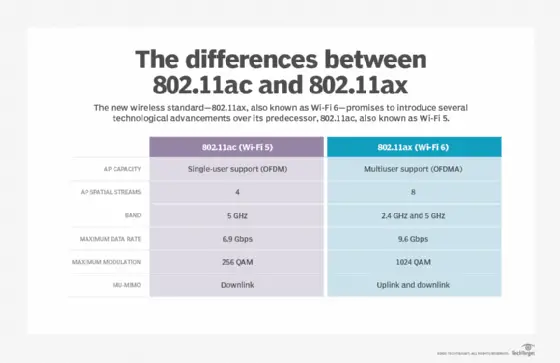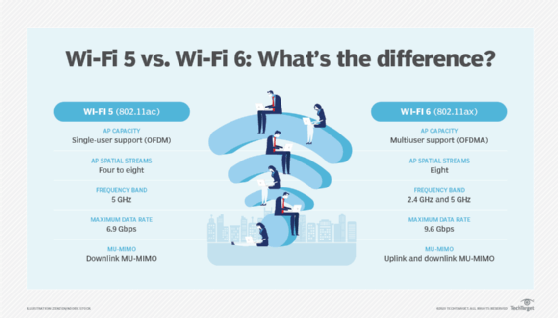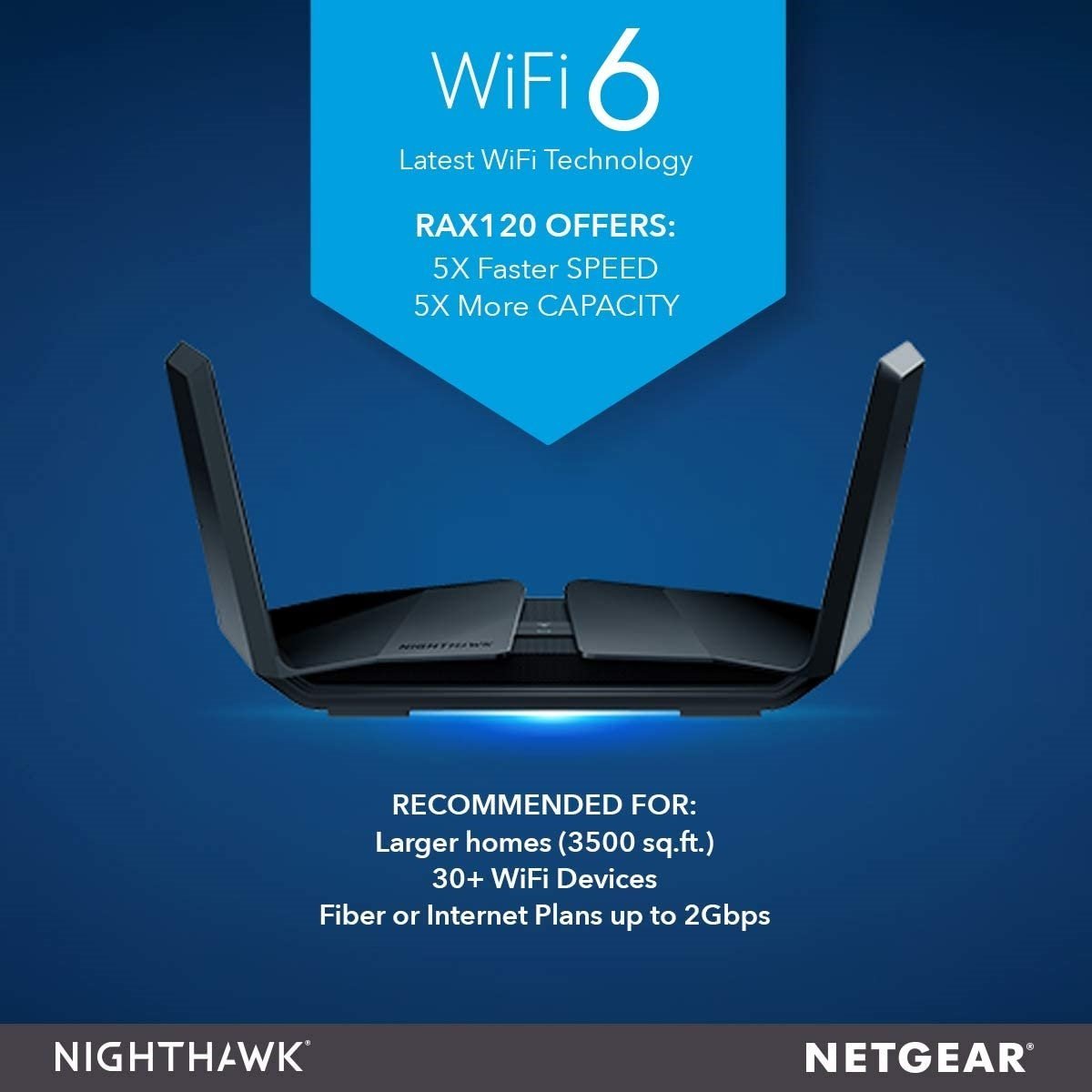
What is the Difference between Wireless Ac And Wifi 6
Wireless AC and WiFi 6 are the latest wireless standards that provide faster and more reliable connections compared to their predecessors. However, they do have some differences that are important to understand. In this article, we will explore the key differences between Wireless AC and WiFi 6.

Credit: www.techtarget.com

Credit: nationalinterest.org
Wireless AC
Wireless AC, also known as 802.11ac, is the wireless standard that was introduced in 2013. It offers a maximum data transfer rate of up to 1.3 Gbps on the 5 GHz frequency band. This makes it ideal for high-bandwidth activities such as video streaming, online gaming, and file transfers.
Key Features Of Wireless Ac
- Supports MU-MIMO (Multi-User Multiple-Input Multiple-Output) for improved performance in crowded environments.
- Offers wider channel widths for increased data throughput.
- Includes beamforming technology that directs the wireless signal towards connected devices for a stronger and more reliable connection.
- Uses the 5 GHz frequency band, which is less crowded compared to the 2.4 GHz band.
WiFi 6
WiFi 6, also known as 802.11ax, is the latest wireless standard that was introduced in 2019. It offers further advancements in speed, capacity, and coverage compared to Wireless AC. WiFi 6 operates on both the 2.4 GHz and 5 GHz frequency bands.
Key Features Of Wifi 6
- Supports OFDMA (Orthogonal Frequency Division Multiple Access) technology, allowing simultaneous data transmission to multiple devices, improving overall network efficiency.
- Offers higher data transfer rates of up to 10 Gbps, providing faster and more responsive connections.
- Includes Target Wake Time (TWT) feature for smart power management, reducing energy consumption on connected devices.
- Uses improved beamforming technology, enhancing signal range and coverage throughout the network.
- Introduces WPA3 for stronger encryption and better security compared to the previous WPA2 standard.
Differences between Wireless AC and WiFi 6
| FEATURE | WIRELESS AC | WIFI 6 |
|---|---|---|
| Data Transfer Rate | Up to 1.3 Gbps | Up to 10 Gbps |
| Frequency Bands | 5 GHz | 2.4 GHz and 5 GHz |
| Supports | MU-MIMO | MU-MIMO and OFDMA |
| Power Management | Basic | TWT (Target Wake Time) |
| Encryption | WPA2 | WPA3 |
In conclusion, while both Wireless AC and WiFi 6 offer significant improvements in wireless connectivity, WiFi 6 takes it a step further with higher data transfer rates, improved power management, and stronger encryption. If you are looking for faster and more reliable connections, WiFi 6 is the recommended choice.
Frequently Asked Questions On What Is The Difference Between Wireless Ac And Wifi 6
Can Wifi Ac Connect To Wi-fi 6?
Yes, WiFi AC can connect to Wi-Fi 6.
Is Wireless Ac The Same As Wifi?
Wireless AC is a type of WiFi technology used for faster wireless networking. It’s not the same as WiFi, which is a general term for wireless networking.
Is There A Downside To Wi-fi 6?
Yes, a potential downside to Wi-Fi 6 is the requirement for new devices to fully benefit from its capabilities.
Is It Worth Upgrading To Wi-fi 6?
Upgrading to Wi-Fi 6 is worth it for faster speeds, increased capacity, better performance in crowded areas, and improved battery life.
